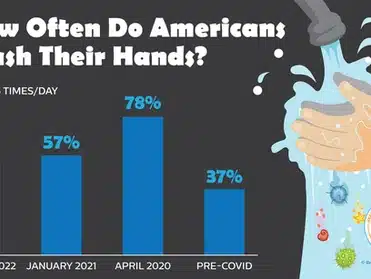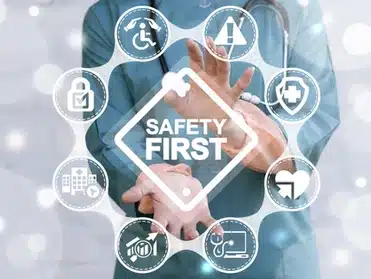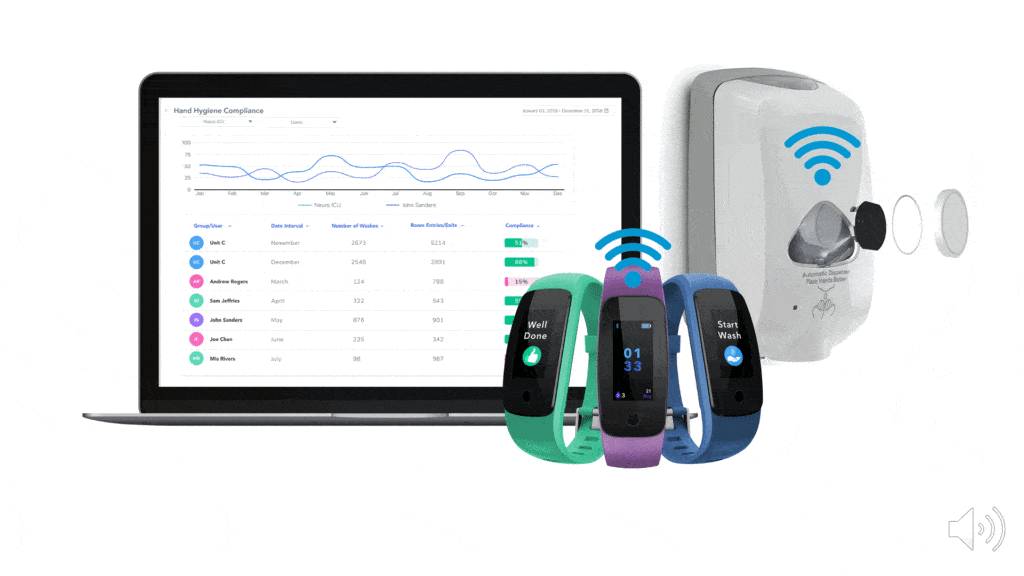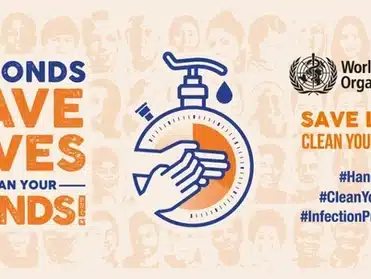Did COVID Improve America’s Hand Hygiene?
COVID infections are down across the nation, and masks are becoming optional in various settings across the United States. With many Americans looking forward to mask-less social encounters, how do they feel about another important infection prevention method — handwashing — right now? The Healthy Handwashing Survey, conducted periodically since 2009 by Bradley Corporation, provides …








